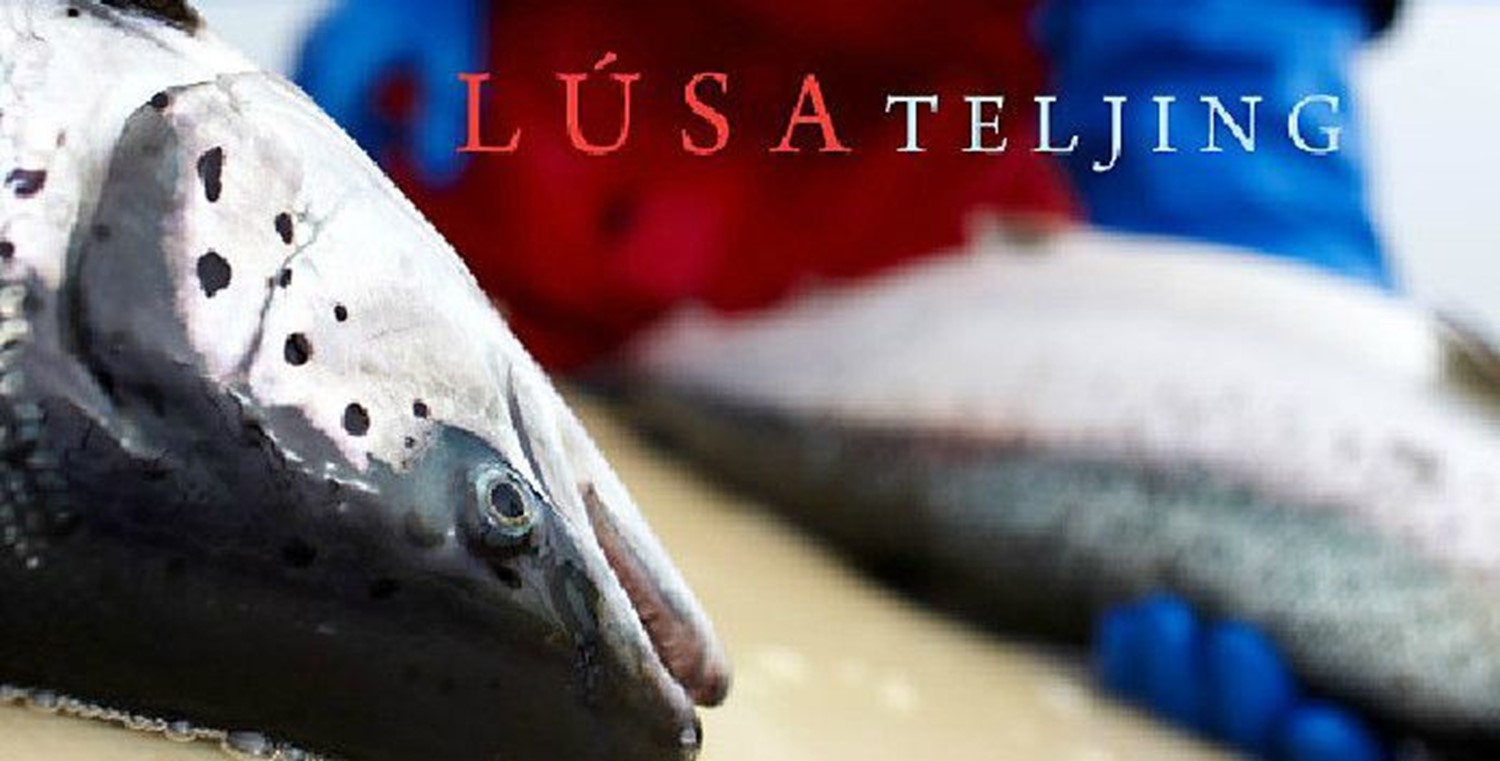SCIENTIFIC PAPER: Fiskaaling has had research done on modelling salmon lice in Faroese sea farms. The results of the research have now been published in a scientific paper, which is based on Fiskaaling’s lice counting. The paper has been praised by reviewers of an international scientific journal, wherein it will be published in a special issue.
The scientific paper is about research describing a snapshot of the situation regarding salmon lice in Faroese sea farms.
In September last year when Hannes Gislason, representing Fiskaaling, held a presentation at an international conference in Ireland on salmon lice, he was invited to write a paper for a special issue on salmon lice in the scientific journal ‘Journal of Fish Diseases.’
The research has been conducted at Fiskaaling, where Hannes Gislason works as a part-time researcher, and at the University of the Faroe Islands, where he works as a professor of information and communications technology with data analysis, statistics, and bioinformatics as research areas.
The results in the paper are divided into two parts. The former part is about a model, which can simulate the change in the number of lice and the frequently short effect of delousing treatments, as well make predictions on the number of lice two months in advance. The latter part deals with new time series analyses with regard to finding the growth rate of salmon lice in Faroese sea temperature.
The paper also contains estimates on salmon lice reproduction with various limits for adult lice, as well as encourages discussion on the new executive order on salmon lice. Next, the paper argues in favour of lowering the infection pressure by decreasing the limits for adult lice, as well as setting a limit for younger lice. Last, but not least, considering restrictions on the amount of fish in sea farms.
The scientific paper has been praised by reviewers of the journal, one of whom gives the paper the following assessment:
“It clearly succeeds to achieve the aim of the study i.e. to develop a statistical model of the sea lice data in order to understand and simulate the adult sea lice levels, and the ineffective treatments previously used against sea lice... I am impressed with the study, the model and the data treatment. The study is an important one with clear implications for the Atlantic salmon industry.”
As a researcher, connected to Fiskaaling, Hannes Gislason has made statistical analyses and models of Fiskaaling’s lice counting. The aim was to simulate the change in the number of lice and the frequently short effect of delousing treatments against salmon lice. This, in order to hopefully better understand and help mitigate the louse problem.
- In this research Fiskaaling’s regular lice counts in Faroese sea farms were very important, as well as the good working relationship with the aquaculture industry, which allowed the public disclosure of lice data for anonymous sea farming areas. For instance, leaders, veterinarians, and other staff in the aquaculture industry expressed great goodwill and interest in participating and discussing lice prognoses and models of salmon lice at meetings on the lice problem at Fiskaaling, says Hannes Gislason.
The results and the good reviews of the scientific paper are an indication that important Faroese research on salmon lice – to the benefit of both the Faroese and the international aquaculture industry – has been carried out.
Source reference for the scientific paper:
Gislason H. Statistical modelling of sea lice count data from salmon farms in the Faroe Islands. J Fish Dis. 2017;00:1–21.
Link:
http://rdcu.be/yNq8
(The link works on computers, but not on smartphones)


